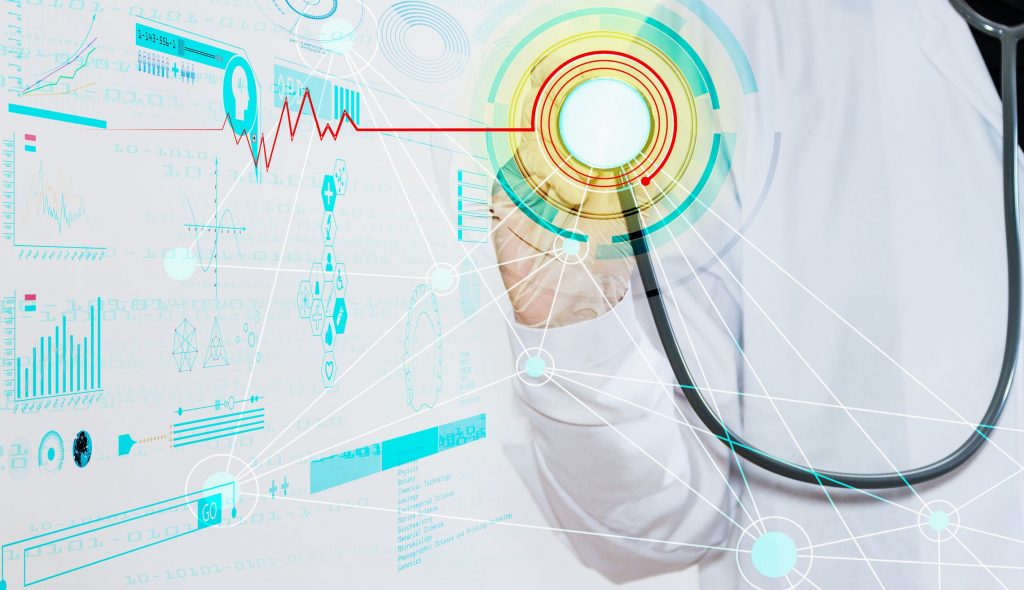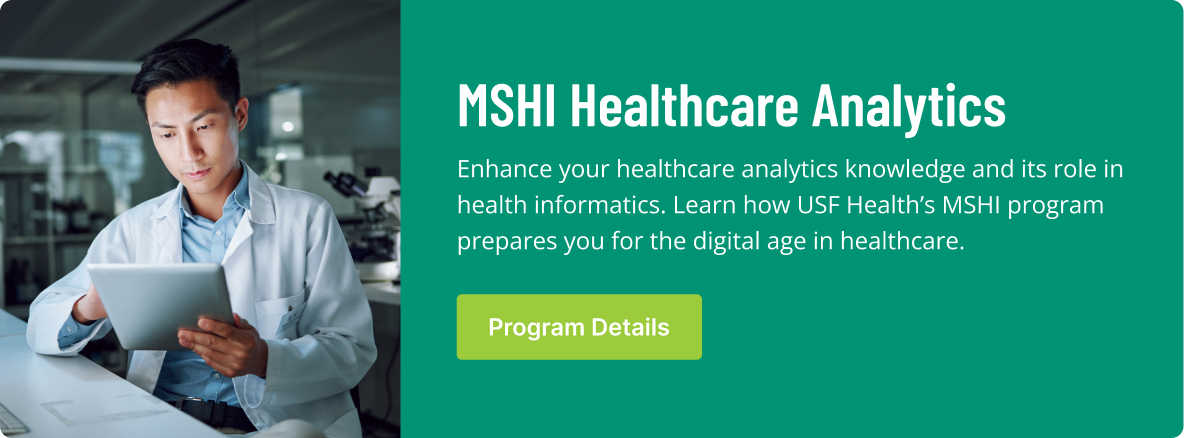Big Data, the large sets of information generated as more of our lives take place online, has transformed businesses, marketing, and nearly every other type of organization or industry. Healthcare providers are no exception.
What sets healthcare’s use of data apart is its end result: Data isn’t being used only to improve profits, but to improve lives.
Of course, all that data would be useless without analysis that explains its meaning and how it can be applied toward the organization’s goal. That’s the mission of data analytics.
Healthcare data has exploded in recent years, in large part due to mobile and wearable devices that record heart rate, blood pressure, physical activity and more. This type of data was once collected only during visits to a doctor’s office, but it’s now compiled 24-7.
The amount of data collected is impressive. The challenge is how to use it.
“You can dazzle with the amount of data, but the challenges arise when you can’t show real impact on the outcomes,” Avner Halperin said in a Forbes article, “The Future of Healthcare is Data Analytics.” Halperin is the CEO of medical tech company EarlySense, which remotely monitors motion and heart and respiratory rates.
Healthcare transformation is dependent on data-driven quality improvement. A tool these organizations are turning to is healthcare analytics, as it is a major component of performance improvement initiatives that address value-based care in an automated, cost-effective and efficient manner.
According to a survey from Health Catalyst, 90% of executives rated healthcare analytics as very or extremely important to their organizations. Most of the execs surveyed believed that analytics is vital for addressing healthcare challenges such as population health initiatives, quality, accountable care, reporting and quality improvement.
Further, the role of health data analytics is likely to expand well beyond its current parameters, with health data able to better inform clinical decisions and create models for predictive medicine.
Experts hope to see data analytics integrated into clinical trials to inform better health practices. Health data analytics could also lead to faster identification of disease outbreaks, greater speed to market for new medications, personalized medicine based on an individual’s DNA and streamlined insurance and payment processes.
While the U.S. Bureau of Labor Statistics doesn’t specify pay or job growth numbers for health data analysts specifically, job growth for operations research analysts, which includes data analysts, is estimated to be 30% between 2014 and 2024.
*National long-term projections may not reflect local and/or short-term economic or job conditions, and do not guarantee actual job growth. Information provided is not intended to represent a complete list of hiring companies or job titles, and program options do not guarantee career or salary outcomes. Students should conduct independent research for specific employment information.




